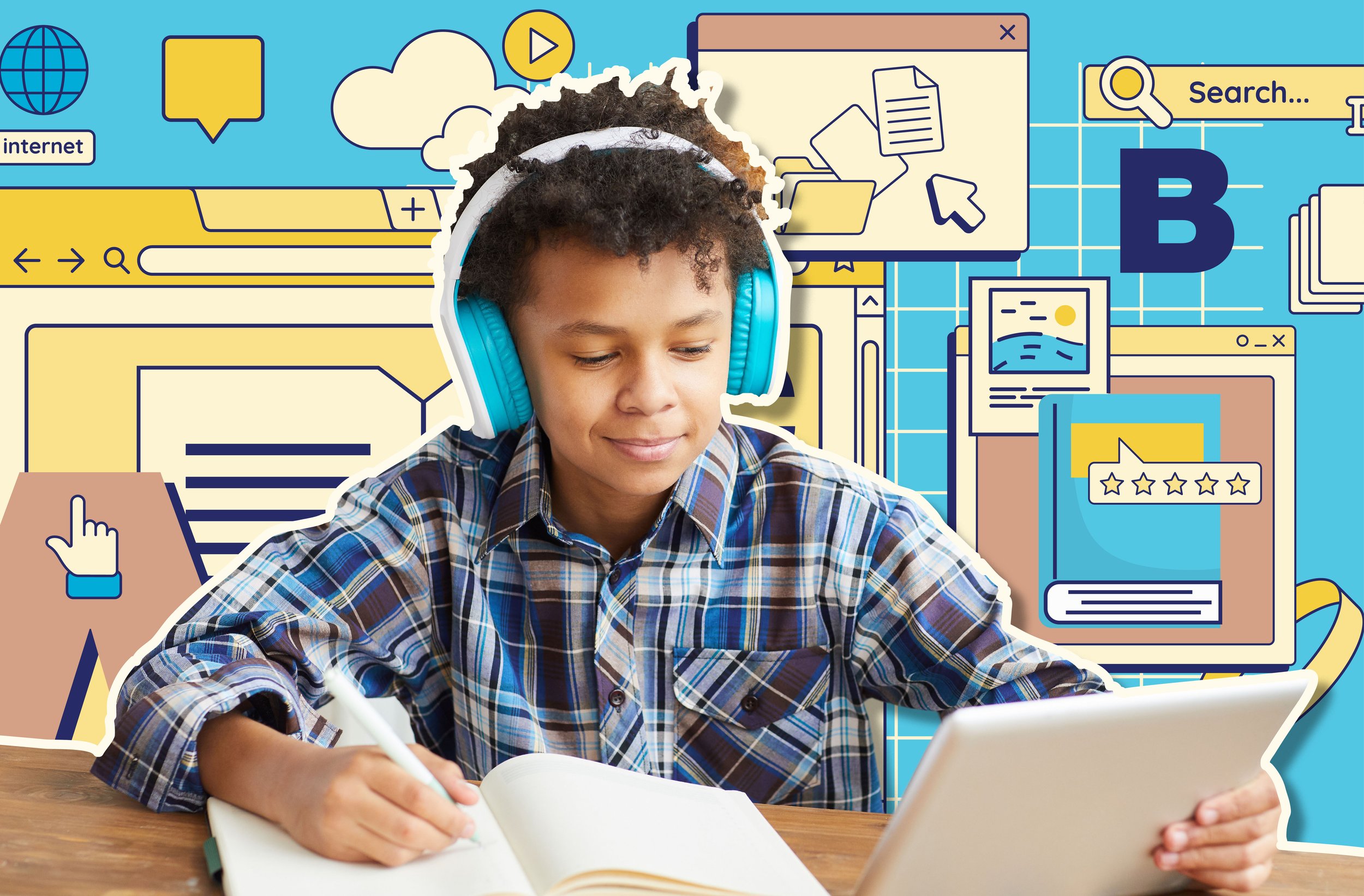
Strategic Planning Eportfolio
Technology Strategic Plan
Mission Statement: Our mission is to empower students and educators at W.S. Permenter Middle School with equitable access to cutting-edge technology and digital tools that foster academic excellence, creativity, and a passion for lifelong learning.
Vision Statement: Our vision is to cultivate a future-ready learning community where technology enhances every aspect of teaching and learning. We envision a school where students confidently leverage technology to solve real-world problems, connect with global communities, and thrive as critical thinkers and innovators. By prioritizing equity, innovation, and continuous growth, we aim to set a standard for excellence in educational technology integration.
SWOT Analysis: Technology Integration at W.S. Permenter Middle School
Strengths
Dedicated Technology Department: CHISD has a committed tech team focused on refining infrastructure to support students and staff.
STEM Extracurricular Programs: Programs like "The Next Level (Technical)" and "Built To Last (Engineering)" engage students beyond the classroom.
Information Technology Pathways: Courses like Principles of IT and Computer Maintenance provide foundational digital skills.
CHISD and W.S. Permenter Middle School excel in their commitment to technology integration through a well-established Technology Department, ensuring students and staff have access to up-to-date infrastructure. Their strong STEM extracurricular programs offer students hands-on learning experiences that extend beyond traditional classroom instruction, fostering interest in science, technology, engineering, and math. Additionally, their Information Technology Pathways provide students with valuable digital skills, preparing them for future academic and career opportunities in an increasingly technology-driven world.
Weaknesses
Limited Public Data on Tech Integration: Lack of publicly available information makes it difficult to measure effectiveness.
Inconsistent Teacher Adoption of Technology: Some teachers struggle with or resist technology integration, leading to unequal student experiences.
Technology Malfunctions and Troubleshooting Delays: Device malfunctions and slow IT response times can disrupt lessons.
Opportunities
Emergency Broadband Benefit Program: Provides affordable internet access to low-income students, improving tech equity.
STEMspired Initiative: A district-wide push for STEM integration can enhance classroom technology use.
Technology Grants and Funding: Opportunities exist for grants to upgrade school technology and training programs.
To continue advancing technology integration, CHISD and W.S. Permenter Middle School can take advantage of available opportunities such as the Emergency Broadband Benefit Program, which ensures students from low-income backgrounds have reliable internet access at home. The district-wide STEMspired Initiative also provides a framework for strengthening STEM education, promoting technology use in classrooms, and preparing students for high-demand careers. Furthermore, pursuing technology grants and additional funding can enhance resources, provide advanced learning tools, and support ongoing professional development for educators.
Threats
Rapid Technological Advancements: New tech requires continuous updates and training.
Equity in Access: Some students lack reliable internet at home, affecting digital learning.
Limited Student Digital Literacy Training: Students may lack cybersecurity awareness, responsible internet use, and troubleshooting skills.
Priority Goals for Cedar Hill Independent School District (CHISD) and W.S. Permenter Middle School
Enhancing Digital Equity: Ensure all students have equal access to technology and internet connectivity.
Professional Development for Educators: Provide ongoing training to teachers on integrating technology effectively in instruction.
Infrastructure Improvement: Upgrade and maintain school technology infrastructure to support digital learning.
STEM and Technology Pathways Expansion: Strengthen STEM programs and IT pathways to prepare students for technology-driven careers.
Key Technology Areas of Work and Corresponding Priority Goals
Educator Preparation
Priority Goal: Provide professional development opportunities aligned with ISTE standards to enhance teachers’ ability to integrate technology effectively.
Alignment: Supports CHISD’s goal of ensuring educators can use technology effectively in the classroom.
Student Access to Technology
Priority Goal: Implement initiatives like the Emergency Broadband Benefit Program to ensure equitable access to technology and internet connectivity for all students.
Alignment: Addresses the district’s focus on digital equity and providing necessary resources for student success.
Infrastructure and Digital Tools
Priority Goal: Upgrade school infrastructure to support the growing digital needs of students and educators.
Alignment: Ensures that CHISD’s technology infrastructure remains adaptable and effective for future learning needs.
Digital Citizenship and Ethics
Priority Goal: Integrate digital citizenship into the curriculum to educate students on responsible technology use.
Alignment: Supports CHISD’s focus on preparing students for ethical and responsible digital engagement.
Objective
By the end of the academic year, provide at least three professional development workshops for educators on using emerging technologies in the classroom, ensuring that 90% of participants demonstrate increased proficiency in integrating digital tools into their teaching practices.
Measures & Action Plans
Action Plan 1: Monthly Hands-On Training Workshops
Strategy: Conduct three professional development workshops throughout the academic year, each focusing on emerging technology (e.g., AI in education, interactive learning platforms, virtual reality in classrooms).
Implementation:
Schedule workshops at the academic year's beginning, middle, and end.
Partner with technology experts and instructional coaches to facilitate sessions.
Use real classroom scenarios to demonstrate technology integration.
Success Measurement:
Pre-and post-workshop surveys to assess knowledge gains.
90% of attendees should demonstrate increased proficiency in digital tools, measured through self-assessments and instructor evaluations.
Classroom observation data will track the implementation of learned strategies.
Action Plan 2: Peer Coaching and Support System
Strategy:
Develop a peer mentorship program where teachers proficient in technology integration coach their colleagues.
Implementation:Identify tech-savvy educators to serve as mentors.
Pair each mentee with a mentor for monthly check-ins and guided practice sessions.
Provide an online platform for ongoing collaboration and troubleshooting.
Success Measurement:
Track participation in mentorship meetings and online discussions.
Collect feedback through quarterly surveys to assess mentor effectiveness and mentee confidence.
Evaluate classroom implementation through lesson plan reviews and student engagement data.